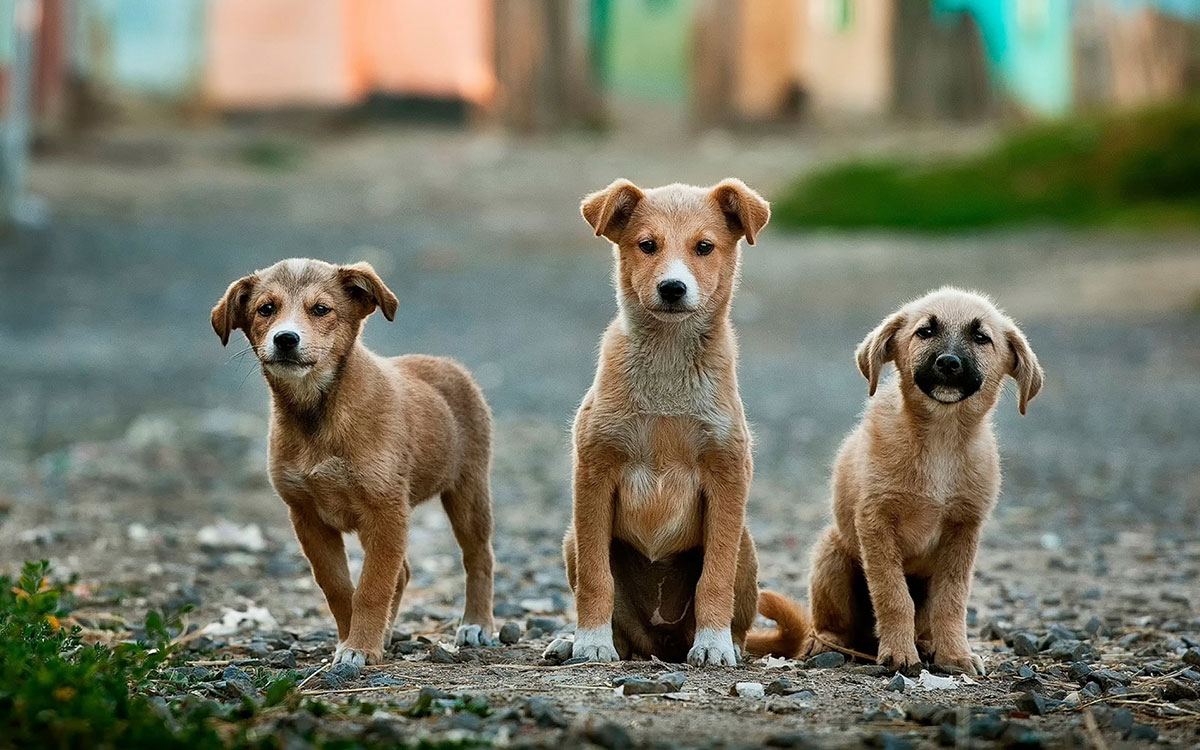There’s nothing quite like coming home to your beloved pup, tail wagging a mile a minute, eyes sparkling with pure joy. Then comes the leap. That enthusiastic, sometimes muddy, occasionally painful moment when forty pounds of pure love launches itself at your chest. While your heart melts at their excitement, your clean clothes and sometimes your balance don’t always fare as well.
If you’re reading this with grass stains on your shirt or claw marks on your arms, you’re definitely not alone. Dog jumping is one of the most common behaviors that loving pet parents wrestle with. The good news? Understanding why our furry friends jump can help us guide them toward gentler greetings that work for everyone in the family.
They’re Simply Excited to See You
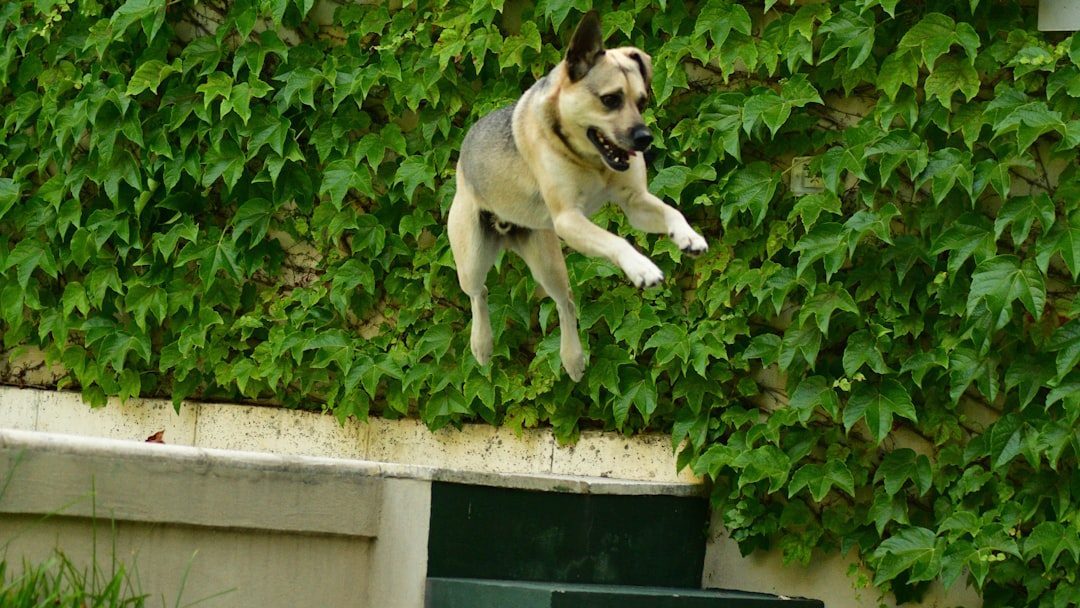
Dogs get to say hello face-to-face when they jump up on people, which is a natural canine behavior. Think about it from your dog’s perspective: you’re their favorite person in the entire world, and you’ve been gone for what feels like forever (even if it was just twenty minutes to grab groceries).
The most common reason dogs jump is excitement, especially when you come home from work because they’re thrilled to see you after being without you all day. Your dog’s emotional cup overflows in that moment, and jumping becomes their way of getting as close to your face as possible to share their joy.
This behavior probably started in puppyhood, when your dog naturally went to greet people by jumping and receiving tons of positive attention with people saying “Oh, I don’t mind, he’s so cute!” It’s not so cute now that your puppy is grown up. What seemed adorable at eight weeks becomes problematic at eight months.
They’ve Learned That Jumping Gets Attention

Often people respond to a jumping dog with verbal attention, petting, or even rough pushing, and for most dogs, this is reinforcing the behavior because the dog thinks that jumping earns them what they want: your attention. Even negative attention can feel rewarding to a dog who’s been waiting all day for interaction.
Dogs repeat behaviors that earn them rewards, and few things are more rewarding to your pet than your attention. Even negative reactions like yelling at your dog or grabbing their paws are still attention and can reinforce the behavior, and for many dogs, pushing them away is simply part of a wrestling game.
Your dog doesn’t understand the difference between good attention and frustrated attention. They just know that when they jump, you engage with them immediately. It’s like they’ve discovered a magic button that always gets a response.
Anxiety and Stress Can Trigger Jumping
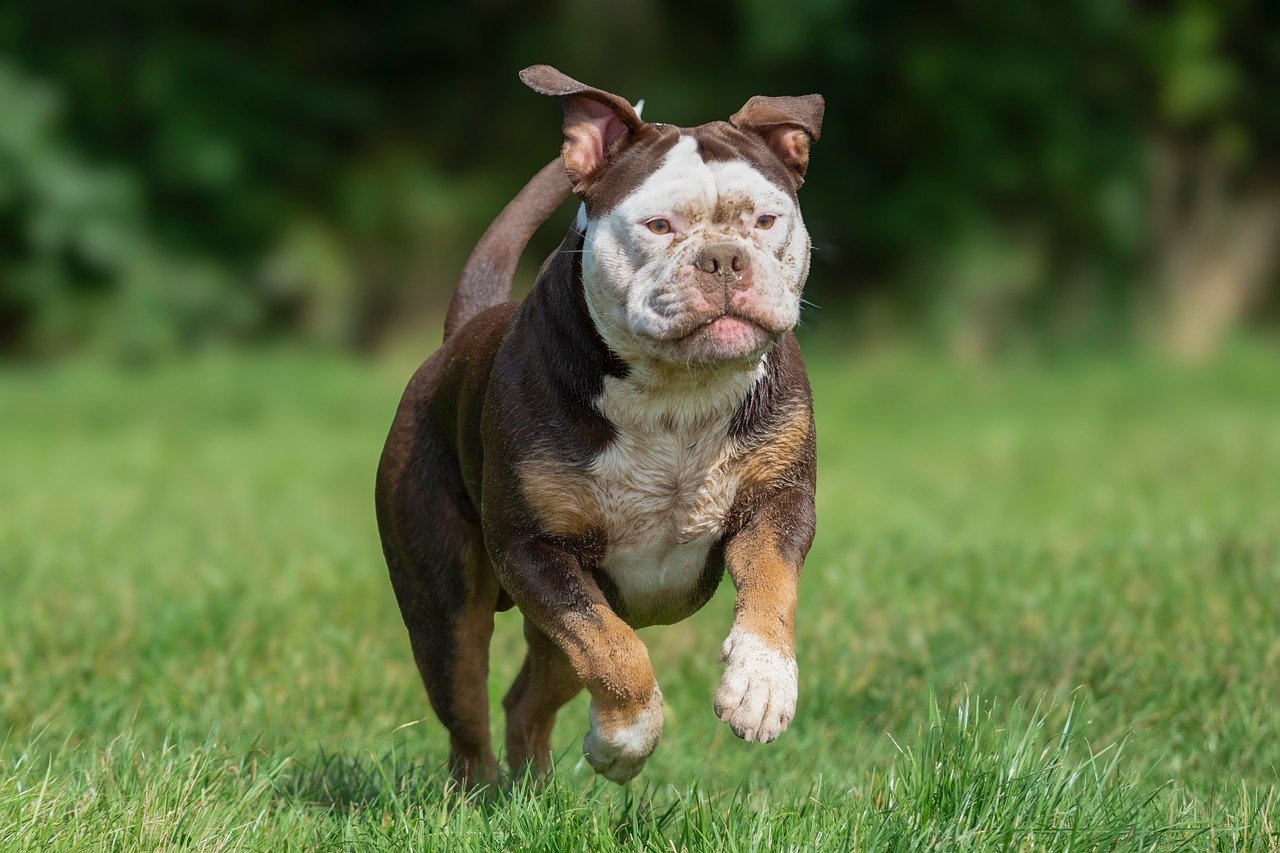
Anxious dogs may appear extra friendly and continually approach, jump on someone, and lick their face, or just be needier with their owner. This type of jumping often looks different from excited jumping because it comes with other stress signals like panting, pacing, or excessive attention-seeking.
Dogs lacking confidence may jump up because of underlying anxiety or conflict about the pending interaction, and for these dogs, jumping may release stress or defuse an uncomfortable situation. Dogs might become suddenly very active and seek attention by jumping up, pawing, or mouthing when they wouldn’t normally, and might find it difficult to follow well-known requests because the stress response makes it harder to stay still or concentrate.
Some dogs jump up at people because they feel uneasy when someone new comes through the door, and jumping is a way the dog copes with that discomfort as a habitual behavior that gives the stress of a stranger a predictable outcome. Think of it as their way of taking control when they feel uncertain.
They Want to Get Closer to Your Face
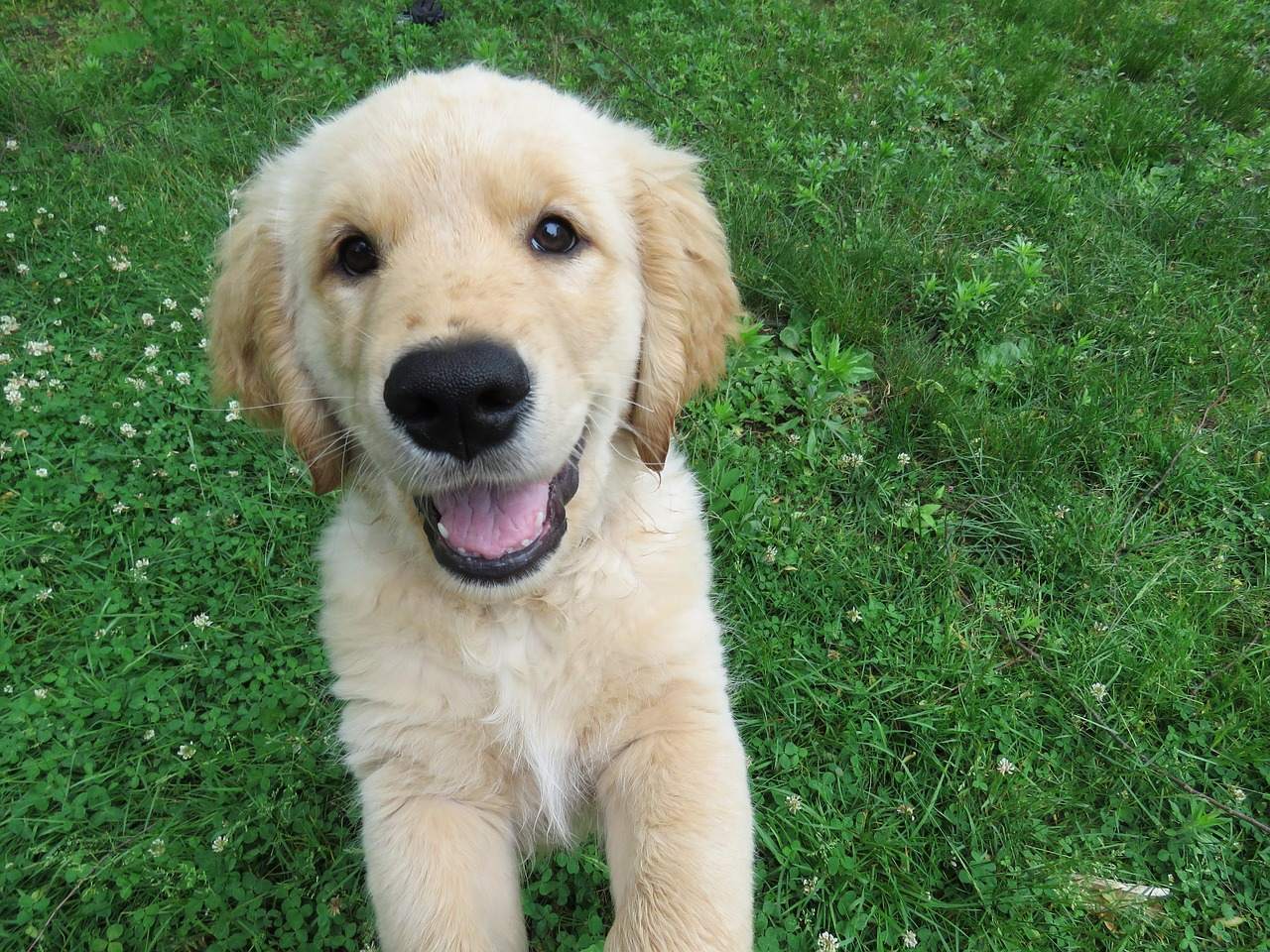
Dogs likely think jumping is a good way to greet a new friend, especially when this jump brings them closer to being at face level with the new person. While dogs do seek to interact closely with humans, face-to-face contact is not their natural greeting behavior with other dogs.
Jumping is an important part of the greeting ritual and is a communicative tool, an effective way for a dog to learn about a person, read the signals they’re giving through their facial expressions, make physical contact and smell a person’s unique scent signature. Jumping is information gathering.
Your dog isn’t trying to be rude or dominant. They’re simply following their instincts to connect with you in the most direct way they know how. Unfortunately, what makes perfect sense in dog language doesn’t always translate well to human interactions.
Some Dogs Jump to Assert Control
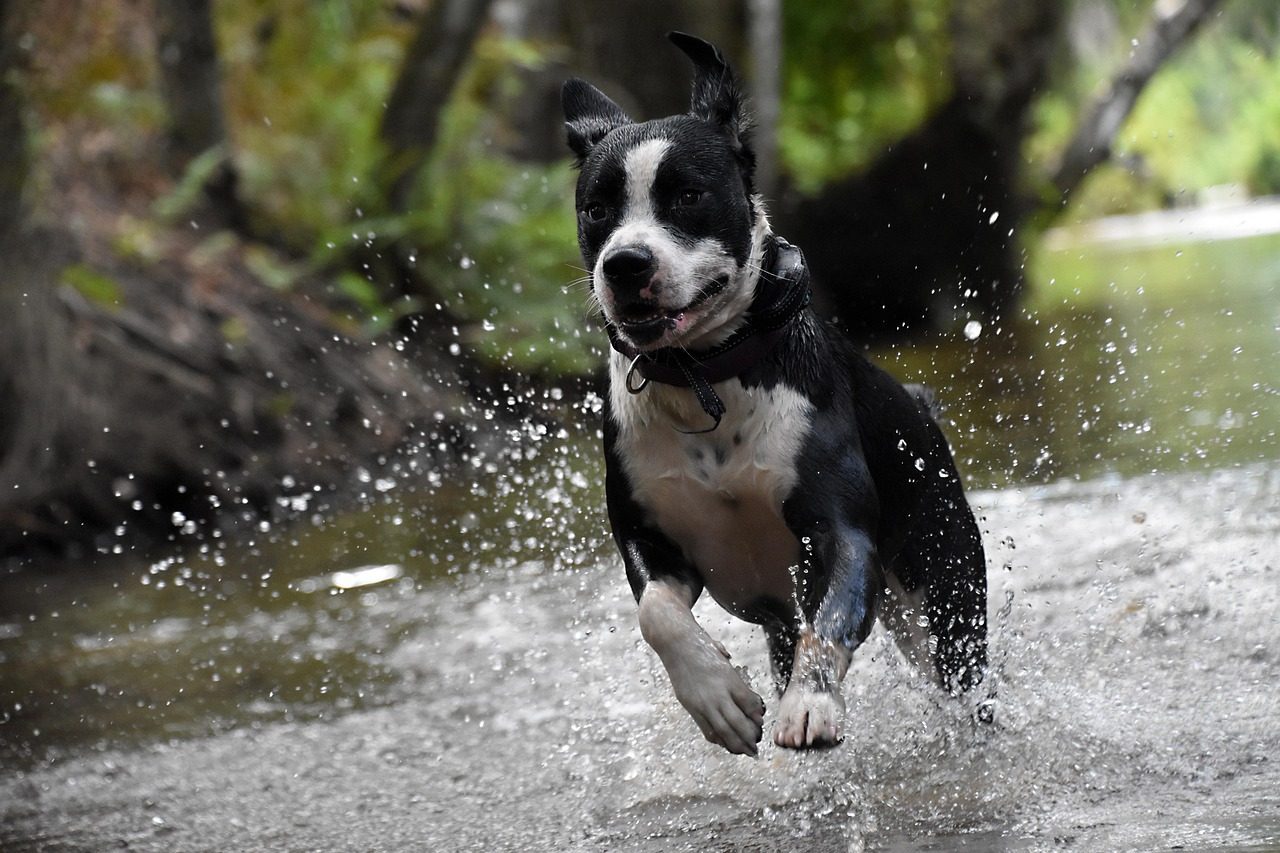
Dogs who jump on guests might be showing a mixture of excitement and dominance, which is like your pet saying “I’m the dog in charge here!” This type of jumping often happens when your dog feels they need to manage the social situation.
Jumping can be an effective way to control movement, and if a dog is confused or nervous about a person’s arrival or movement in a space, the dog might jump up to check that movement and use jumping behavior to influence the behavior of that other being. It’s their way of saying “Wait, let me figure out what’s happening here.”
This behavior is more common in confident dogs who like to be social directors. They’re not being aggressive, but they are trying to manage interactions according to their own comfort level.
Medical Issues Can Cause Sudden Behavior Changes

Dogs may act jumpy if they are ill or in pain, and unfortunately dogs can’t communicate their discomfort directly to us, but changes in their behavior such as sudden jitteriness might be indicative of underlying health problems. Pain can make dogs more reactive and less able to control their impulses.
Fear and phobic behavior can develop due to pain, inadequate nutrition, medication that affects the brain or gastrointestinal tract, and underlying medical conditions, with senior dogs particularly prone to pain related to osteoarthritis, changes in vision and hearing, and altered cognitive ability. If your dog is unable to see or hear clearly, they might easily get startled, leading to a heightened state of anxiety, making regular vet check-ups crucial to identify any potential sensory impairments early.
Turn Away and Ignore the Behavior
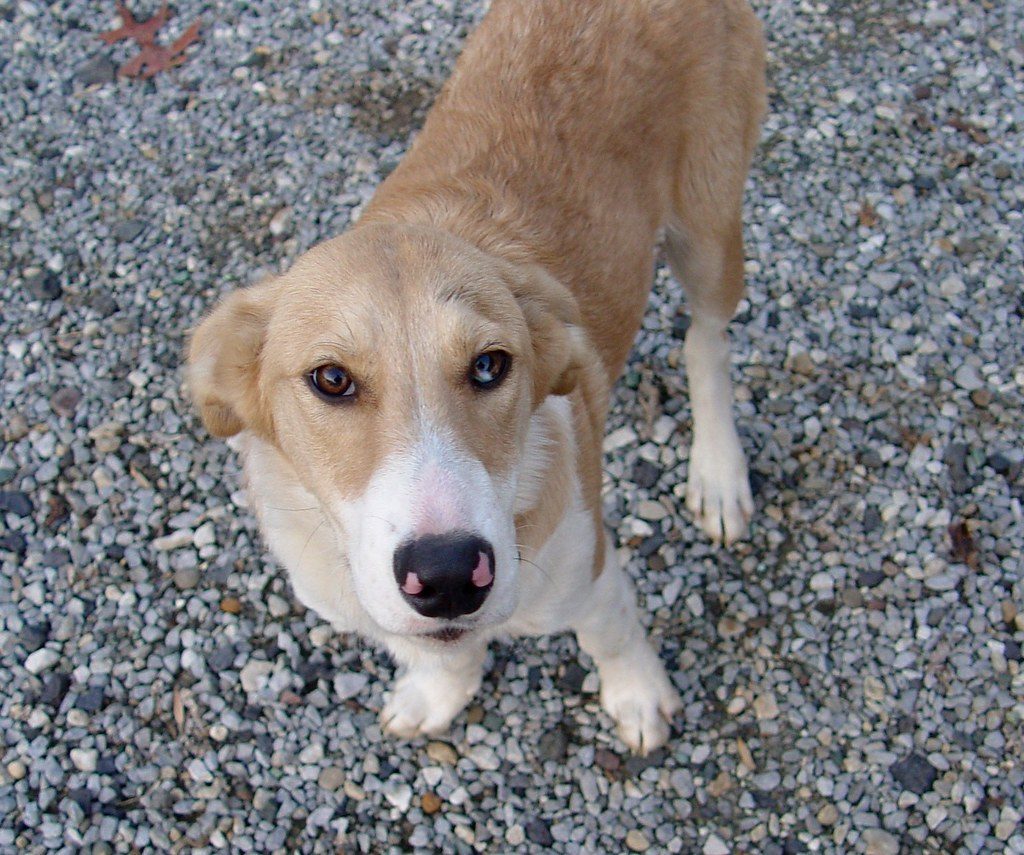
When your dog jumps on you, cross your arms and turn your body away from them, and when they have four feet on the floor, reward them with petting, attention, and treats. This technique removes the reward they’re seeking while showing them exactly what behavior does earn your attention.
Over time, your dog will learn that jumping does not get them what they want. If you’re too late and the dog jumps, have the person turn and walk away as you stop feeding the dog, and in time, your dog will come to realize that having four paws on the floor brings attention and treats, and jumping brings nothing.
Consistency is absolutely key here. Every family member and visitor needs to follow the same approach. It only takes one person giving attention during jumping to keep the behavior alive and thriving.
Teach the “Four on the Floor” Rule
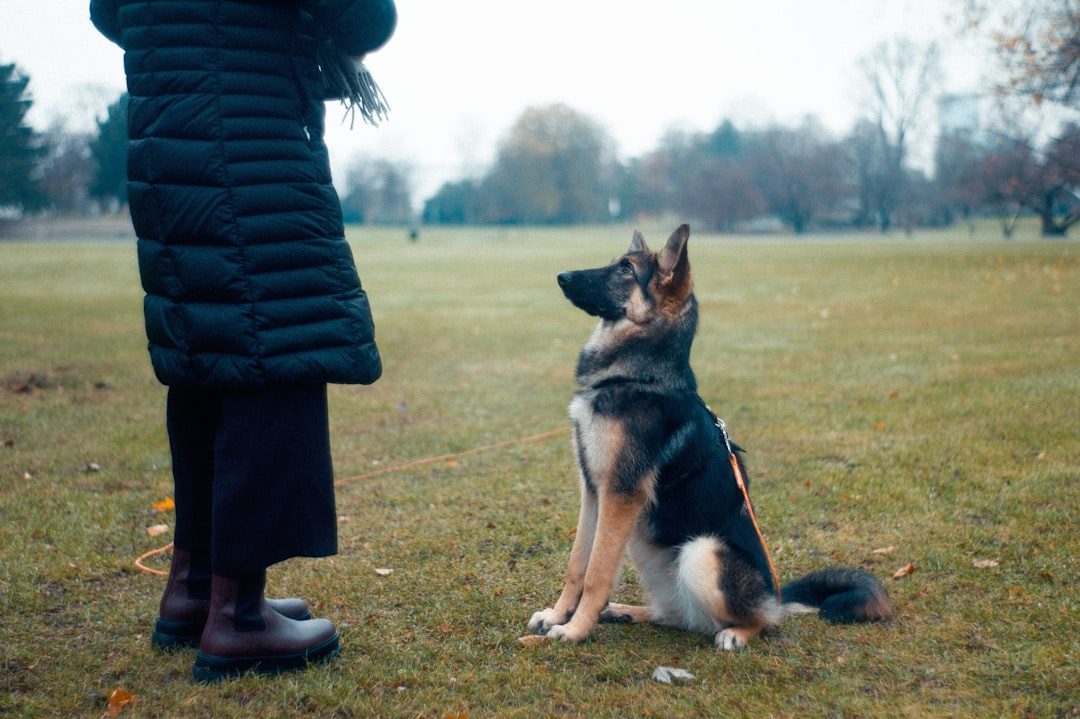
We want to teach our dogs they can get our attention, treats, and petting when they have four paws on the floor, and if they jump, they lose access to these rewards. The Four on the Floor Rule teaches your dog that they can accomplish their goal of greeting you by calming down and staying put on the ground, and then you’ll reward their calm behavior by petting them.
Before your dog begins jumping, reward them with a tasty treat, paying close attention to where you are placing your treat hand because if you raise your hand too high, you will accidentally encourage your dog to jump. The timing here matters more than you might think.
Treats should be something your dog considers high-value, like boiled chicken or hot dogs, and these treats should be cut into pea-sized pieces so your dog does not consume too much. Think of these special treats as your secret weapon for faster training success.
Practice the “Sit” Command for Greetings
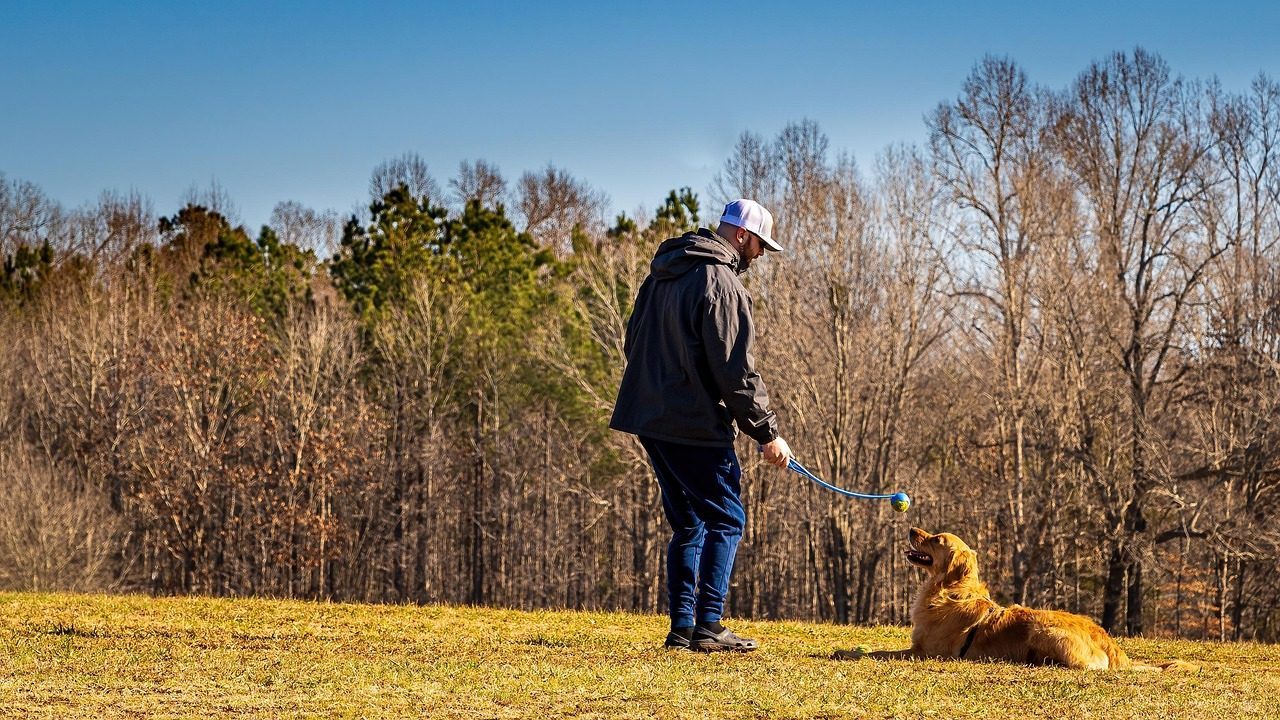
Train a mutually exclusive behavior, which means that in every situation where your dog is prone to jump, you’ll instead ask your dog to do something incompatible with jumping, and that’s sitting because most dogs know how to sit, and it’s impossible to sit and jump at the same time.
Sitting for pets and hellos is another appropriate greeting behavior, and like other training methods, your dog will learn that when their butt is on the floor, attention comes their way, but when they get up, the attention all stops. You can teach your dog that sitting is extremely rewarding by giving them treats, playtime, or other valuable resources, and by reinforcing “sit” with treats, attention, or other rewards, your dog will learn to do it as an automatic response when greeting.
Sitting should be your dog’s way of saying “please,” and having them sit before going outside, getting their dinner, and so on makes sitting for greetings easier to train. Practice makes perfect, and the more opportunities you create for success, the faster your dog will learn.
Manage the Environment During Training
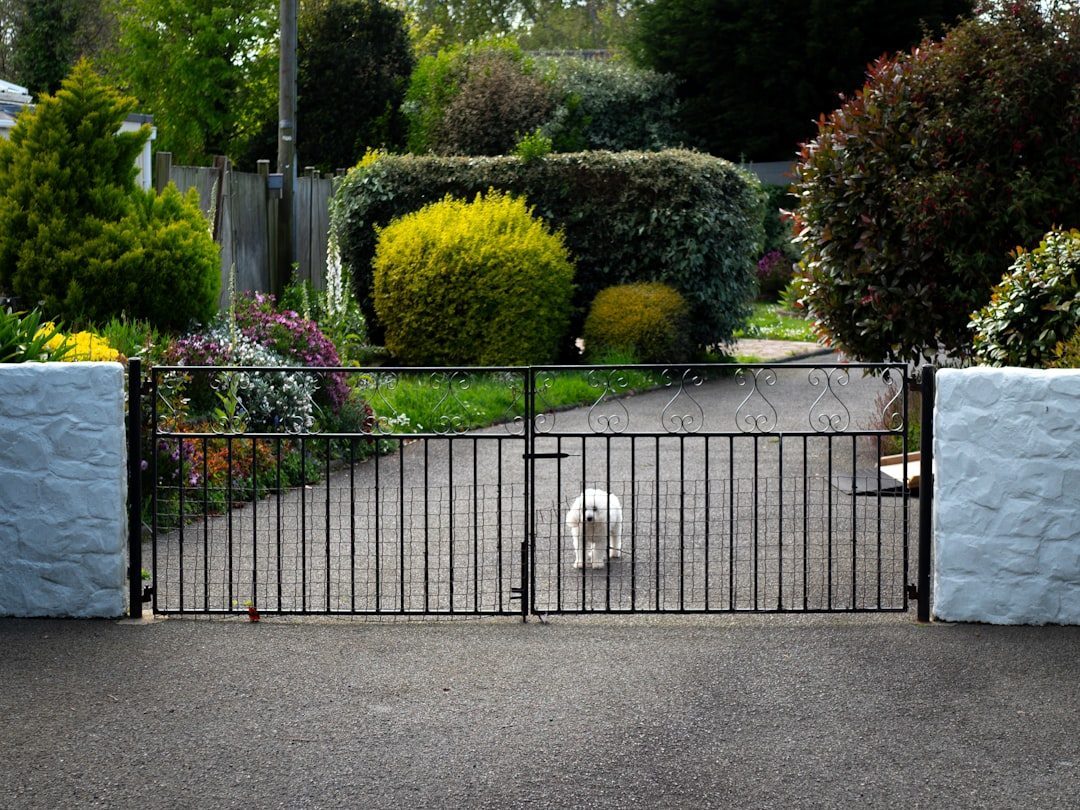
Set your dog up for success by managing interactions with people, and if you are having guests over, give them an enrichment item and keep them in a crate or in another room behind a baby gate until the excitement of the guest’s arrival has passed, or keep them on a leash and reinforce sitting while the guest approaches.
If your dog has a strong “go to your place” cue, you can send your dog to their mat or crate anytime the doorbell rings, alternatively you can place a dog gate at your entranceway so your dog can’t get to visitors, and putting your dog on leash whenever guests arrive can also help you prevent jumping. Keep treats in a garage, car, or main entry way and toss multiple treats on the ground as you enter, and when you and your dog are out and about, always have treats on-hand so if your dog becomes excited and starts to jump, you can toss treats on the ground to keep the dog’s focus on eating.
Keep Your Energy Low During Arrivals
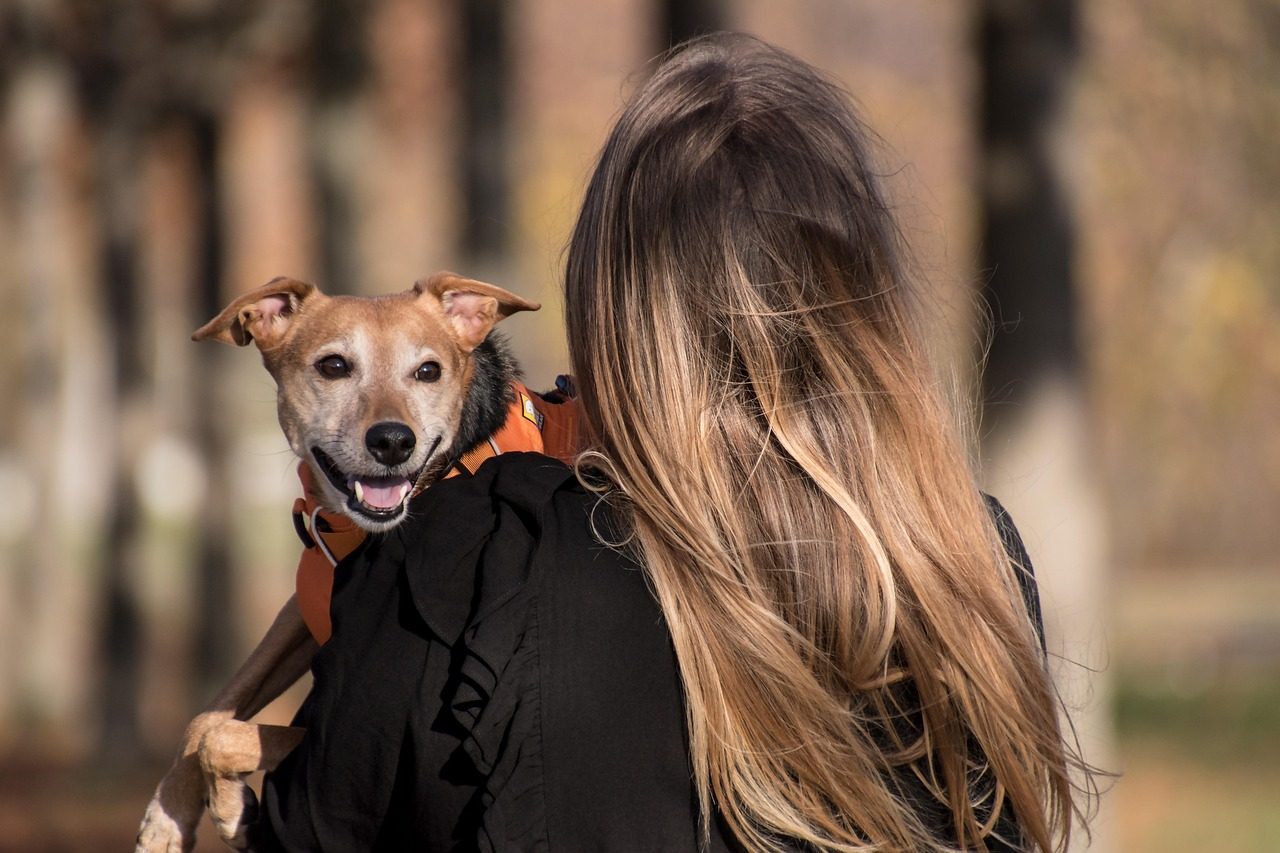
Keep your arrival home low-key, and if your dog is crate trained or in a separate area of the home, do not rush in to greet them enthusiastically, instead calmly acknowledge them and take a few minutes to bring in your bag, read the mail, etc. Even if it has been a long day, keep your energy low and take your dog outside to relieve themselves, and the more you practice these tips, the quicker your dog will learn that your arrival home is not that exciting.
You can stop dog jumping by reducing the emotional component when you arrive home, avoiding fast movements and loud voices, and ignoring your dog until they are calm. I know this feels counterintuitive when you’ve missed your furry friend all day, but think of it as an investment in calmer, happier greetings for years to come.
Remember that your energy sets the tone. If you come home like a tornado of excitement, your dog will match that energy and express it the only way they know how. When you stay calm and controlled, you teach them that greetings can be wonderful without being chaotic.
Involve Your Family and Friends in Training
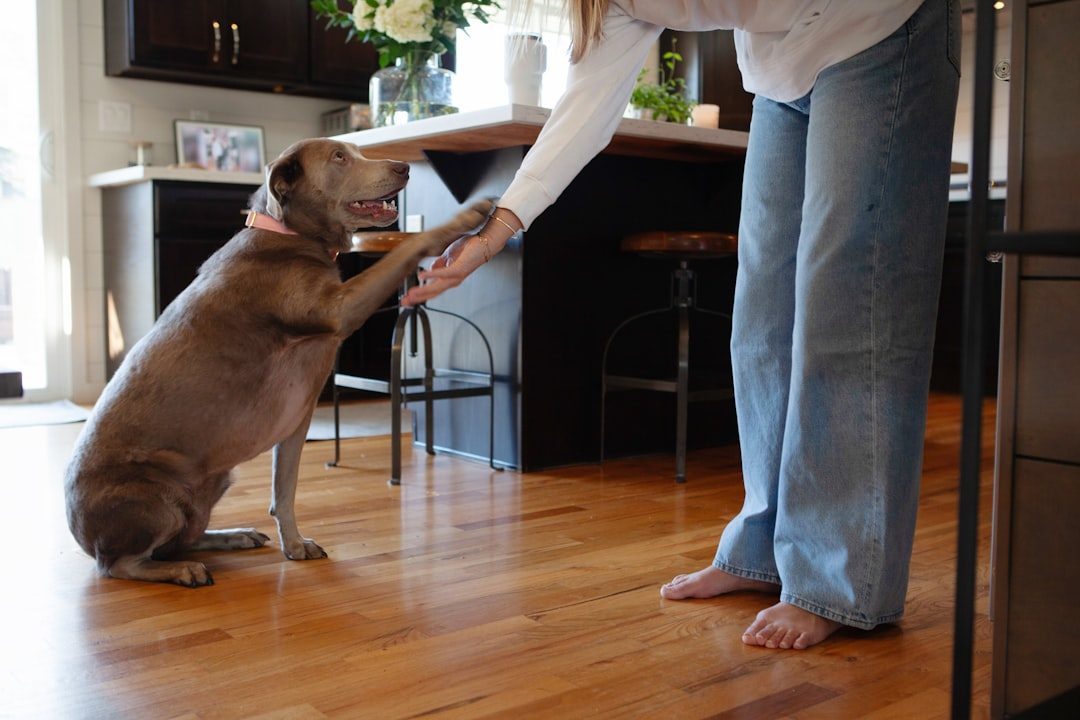
Tell your guests what you are working on and have them practice by rewarding the dog with treats and giving attention when your dog is sitting or has four on the floor, because ideally, everyone your dog encounters should be consistent with this training. The best way to fix jumping behavior with strangers is to actually train the strangers, not the dog, because people love to tell other people’s dogs what to do, and feed them, so start carrying treats or kibble on walks, and if someone asks if they can pet your dog, say “Sure, but he’s in training. Would you ask him to sit first?” Give the stranger the food and have them ask your dog to sit, and chances are they’ll love to participate and your dog will learn that by sitting, strangers pet them and hand out goodies.
Most people are happy to help when you explain what you’re working on. They want to interact with your dog in a way that’s positive for everyone. Don’t be shy about advocating for your training goals.
Don’t be afraid to speak up and be clear with guests and strangers about what your dog should do before they say hello, and while your dog is still learning, ask people to completely ignore your dog unless you say it’s okay, and try to avoid strangers until your dog has mastered greetings with friends and family who you know will cooperate. Think of this as protecting your training investment.
Conclusion
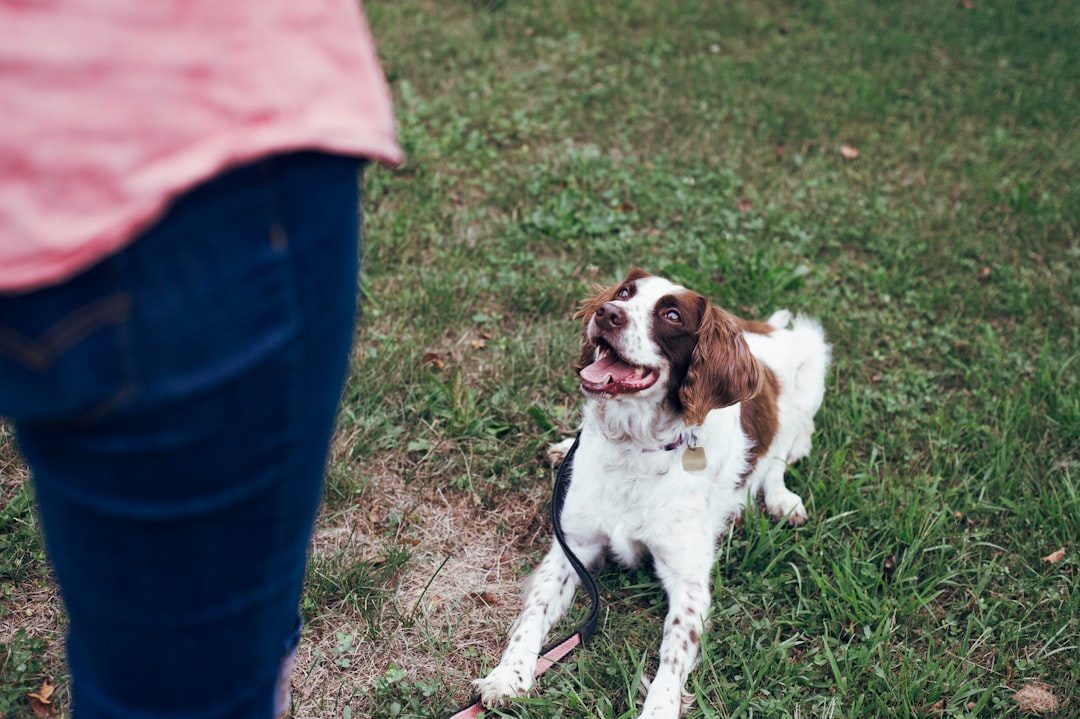
Understanding why your dog jumps is the first step toward creating the calm, joyful greetings you both deserve. Whether your pup is bursting with excitement, seeking attention, managing anxiety, or simply following their natural instincts, gentle training methods can help redirect this energy into more appropriate behaviors.
Remember that changing jumping behavior takes patience, consistency, and lots of positive reinforcement. With consistency and time, you should be able to teach a dog of any age to stop jumping. Every dog learns at their own pace, so celebrate small victories along the way. Your muddy clothes and patient training today are building the foundation for years of peaceful, loving greetings tomorrow.
What’s your biggest challenge with jumping behavior? Share your experiences in the comments below and let’s support each other on this training journey.

Andrew Alpin from India is the Brand Manager of Doggo digest. Andrew is an experienced content specialist and social media manager with a passion for writing. His forte includes health and wellness, Travel, Animals, and Nature. A nature nomad, Andrew is obsessed with mountains and loves high-altitude trekking. He has been on several Himalayan treks in India including the Everest Base Camp in Nepal.





